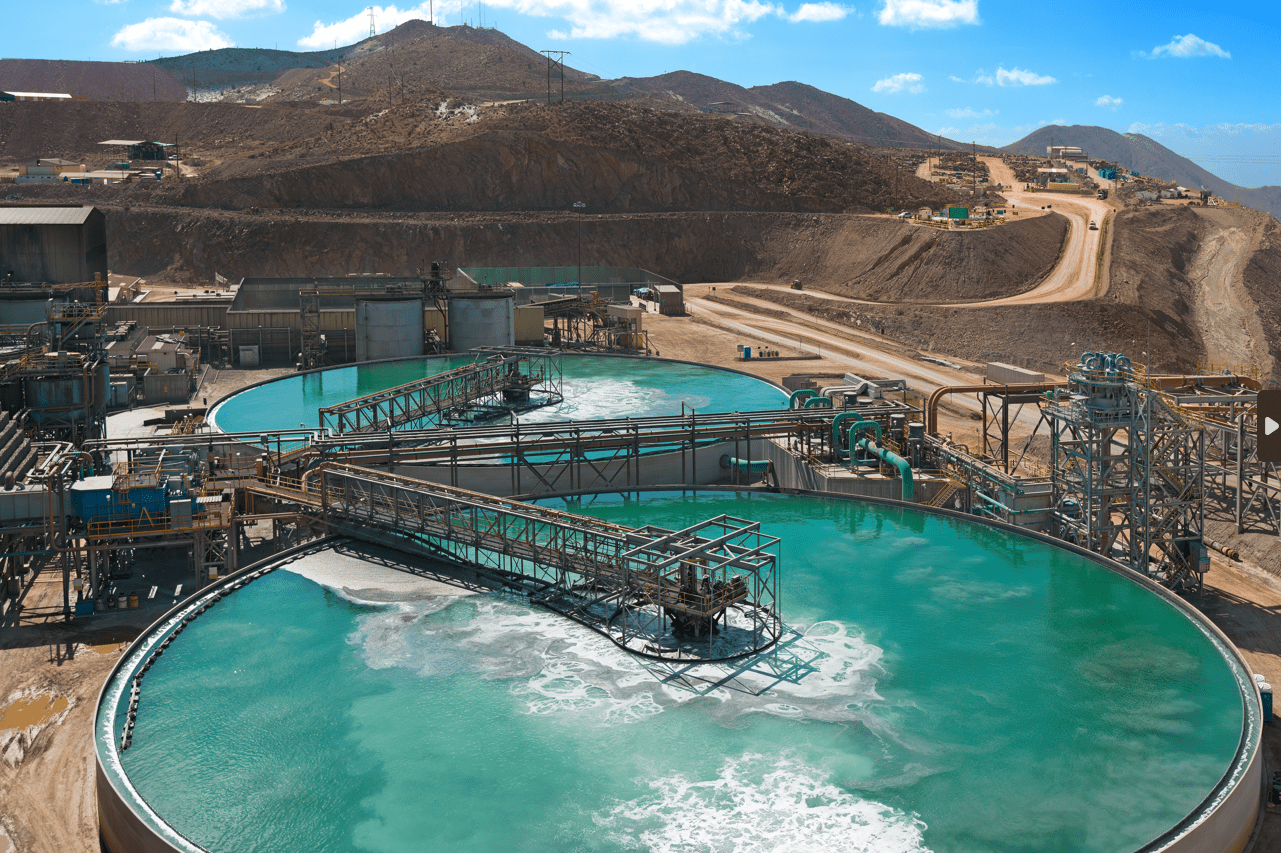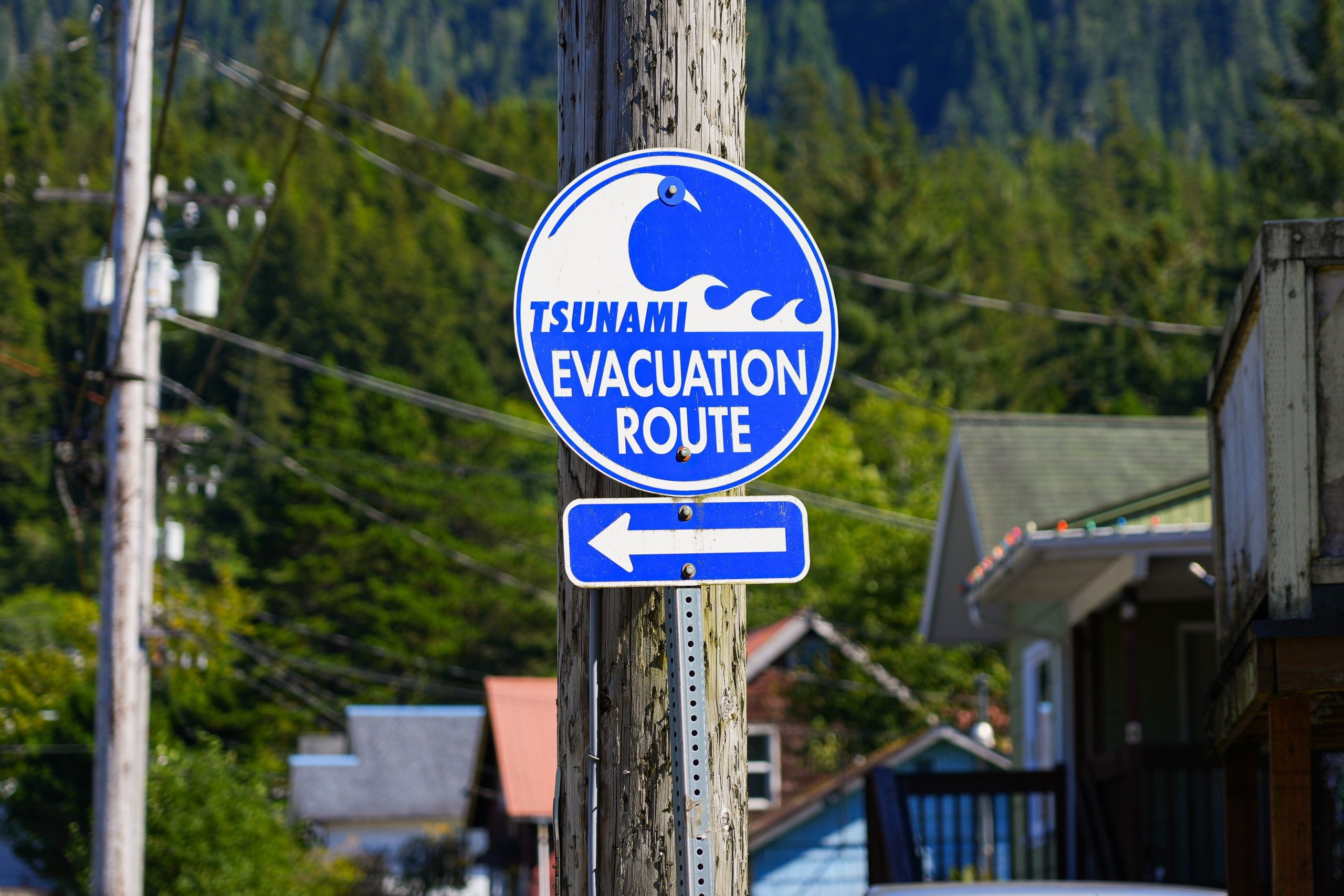
Critical minerals are essential to the clean energy transition. Recent projections show that supplies of minerals like lithium, copper, and cobalt will fall short of demand driven by an electrified economy. Meanwhile, investor interest in building a domestic critical minerals supply chain has increased to take advantage of federal incentives from the Inflation Reduction Act (IRA), Infrastructure Investment and Jobs Act (IIJA), and the CHIPS and Science Act, among others. Since the U.S. has significant deposits of many of these minerals, expanding mining has been a top priority. However, without proper guardrails, critical minerals mining can risk progress on protecting and restoring water supplies. Thus, the U.S. can set an example for other nations navigating these same issues.
As an energy-dense yet light mineral, lithium in particular is central to current clean energy technologies such as electric vehicle batteries. Consequently, under a net zero scenario, lithium demand is projected to increase eight times 2023 levels by 2040. Lithium is primarily extracted two ways: through hard rock mining or evaporation from mineral-rich brines. Lithium extraction – regardless of the method – requires a lot of water and produces contaminated runoff. This stresses water supplies and degrades water quality. Worse, in 2022, over 50 percent of lithium production worldwide was happening in highly water-stressed areas, compounding impacts. Methods like direct lithium extraction from brine can reduce the water footprint of mineral extraction, but the impact of mining on water does not end once extraction is complete. Runoff from all types of active and abandoned mines pollutes water bodies, contaminating drinking water and habitats.
Managing these impacts is crucial – both during and after mining operations are completed. IIJA appropriated a historic $11.3 billion to the Abandoned Mine Reclamation Fund to preserve at-risk water resources from past coal mining endeavors, which is a significant but insufficient amount compared to the broader legacy of hardrock mining in the U.S. The Initiative for Responsible Mining Assurance (IRMA) offers a voluntary, independent standard for companies to demonstrate their commitment to environmentally and socially responsible mining. According to IRMA’s standard, a mining company should conduct extensive scoping with stakeholders to understand how local water resources are used and analyze potential impacts, implement mitigation strategies, and monitor water quality and quantity over time.
However, existing law in the United States currently lacks environmental and social standards for critical minerals mining. An Interagency Working Group released a report in September 2023 with recommendations on improving mining on public lands in the US, including updating permitting, stakeholder and Tribal consultation, and mine reclamation responsibility. Reforming mining law is especially vital since mining is an environmental justice issue particularly impacting Indigenous people. A March 2021 study found that 79% of proposed or operating lithium mines in the US were located within 35 miles of Native American reservations. The US has a long legacy of extracting uranium from Navajo land, leading to generations facing contaminated water and deadly health issues for which the cleanup continues. Consequently, this new wave of critical minerals mining is a chance for tribal sovereignty and water protection to be prioritized.
Mining of lithium, and critical minerals more broadly, is a complex issue. As such, we have highlighted a variety of perspectives and proposed solutions for mitigating the impact of critical minerals mining:
- SAFE, which focuses on energy security, recommends updating federal permitting and mining legislation to meet environmental, health, safety, and land use standards, while accelerating permitting timelines and adding transparency and accountability.
- Earthworks, which works to hold extractive industries accountable, is partnering with Comité Civico del Valle to ensure that community and Tribal protections are upheld in Salton Sea’s recent lithium boom. Earthworks’ other priorities reducing demand for new mining through increased recycling, and when extraction does occur, ensuring it is environmentally and socially responsible.
- Bipartisan Policy Center has released a framework for US critical mineral supply chains that includes researching innovative mineral recovery techniques and cleaning up abandoned mines.
- The First Nations Major Projects Coalition, a Canadian Indigenous-led organization, advocates for First Nations to be centered in decision-making around critical mineral supply chains. Their priorities range from ensuring projects do not move forward without free, prior, and informed consent (FPIC), to brokering equity ownership and partnership deals so that economic benefits are meaningfully shared with tribes.
To be clear, transitioning to a clean economy is imperative to stave off the worst scenarios of climate change. However, this transition must be just, manage water and environmental resources safely and sustainably, and bring economic prosperity to underinvested communities. This complex issue is evolving, and we will be watching to see how these proposed solutions manifest into policy and drive mining projects to better manage water resources, keep local ecosystems clean, and benefit surrounding communities.


